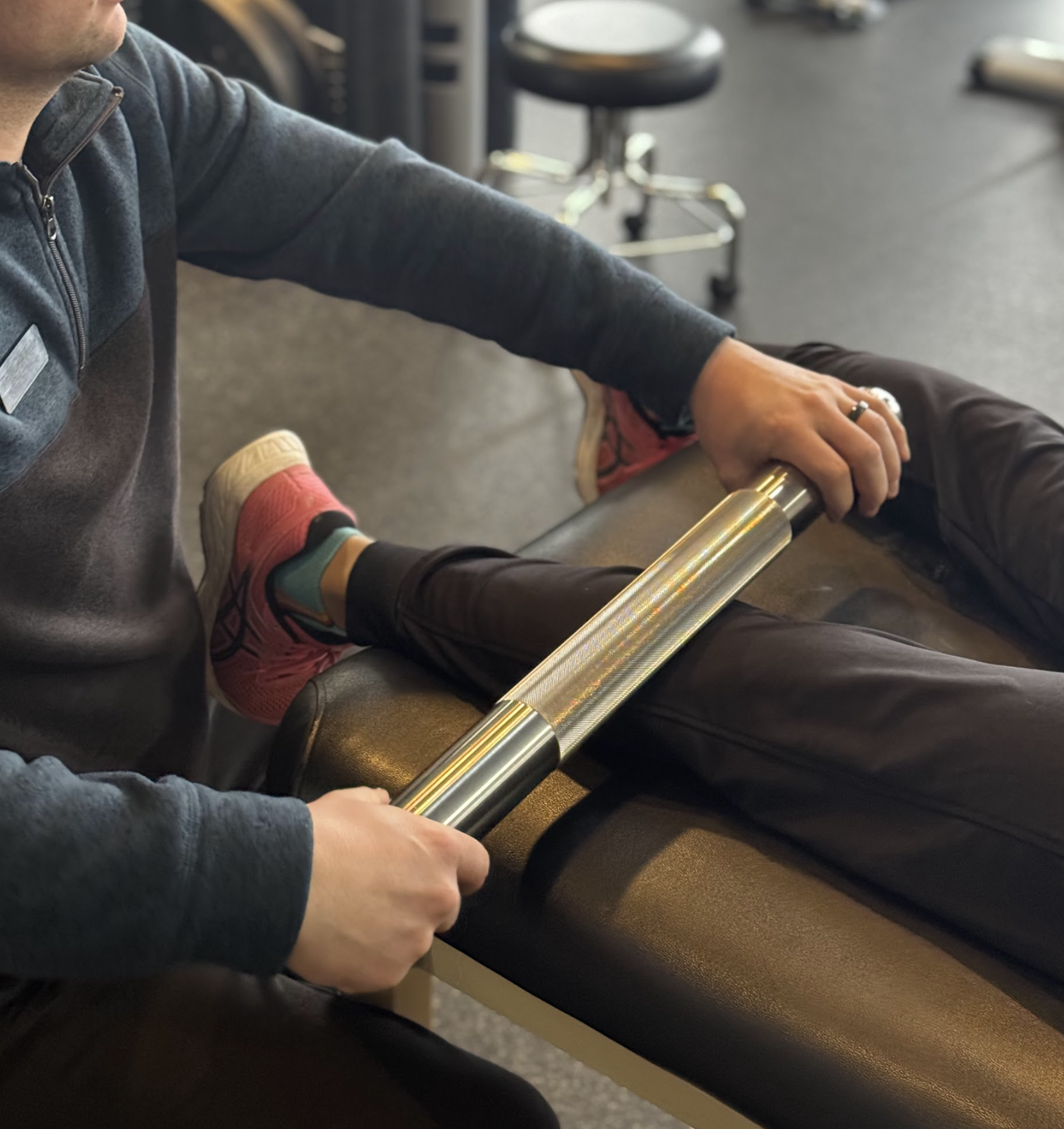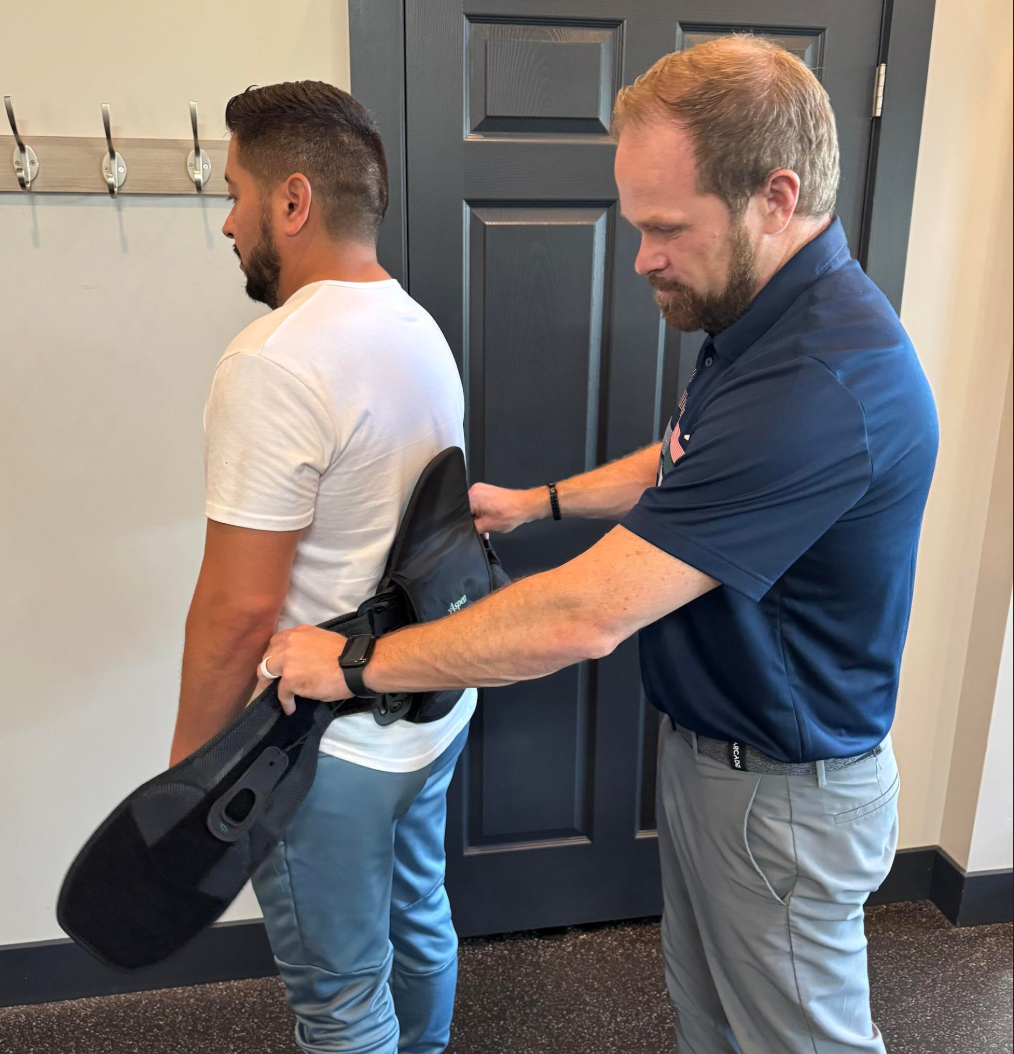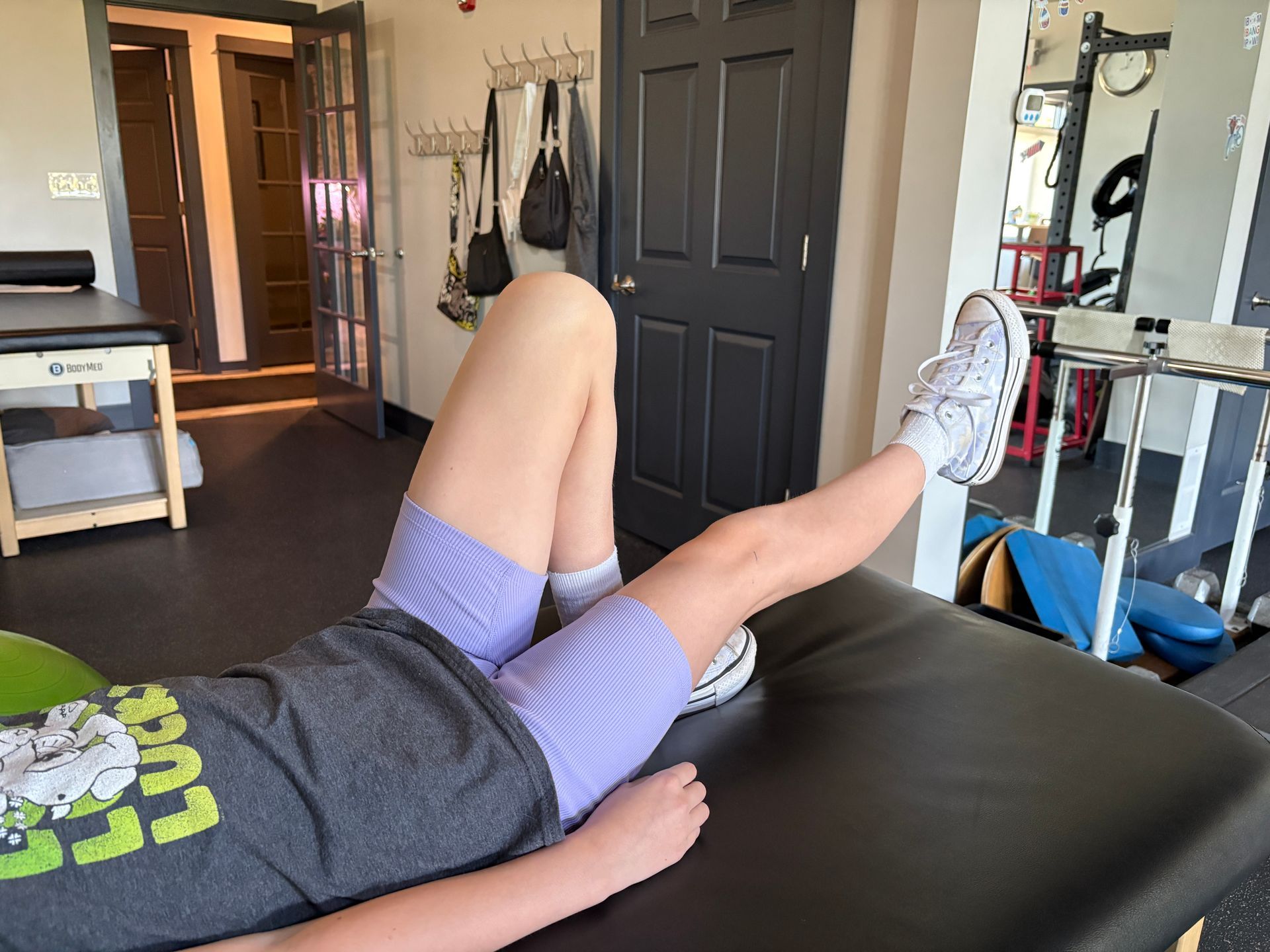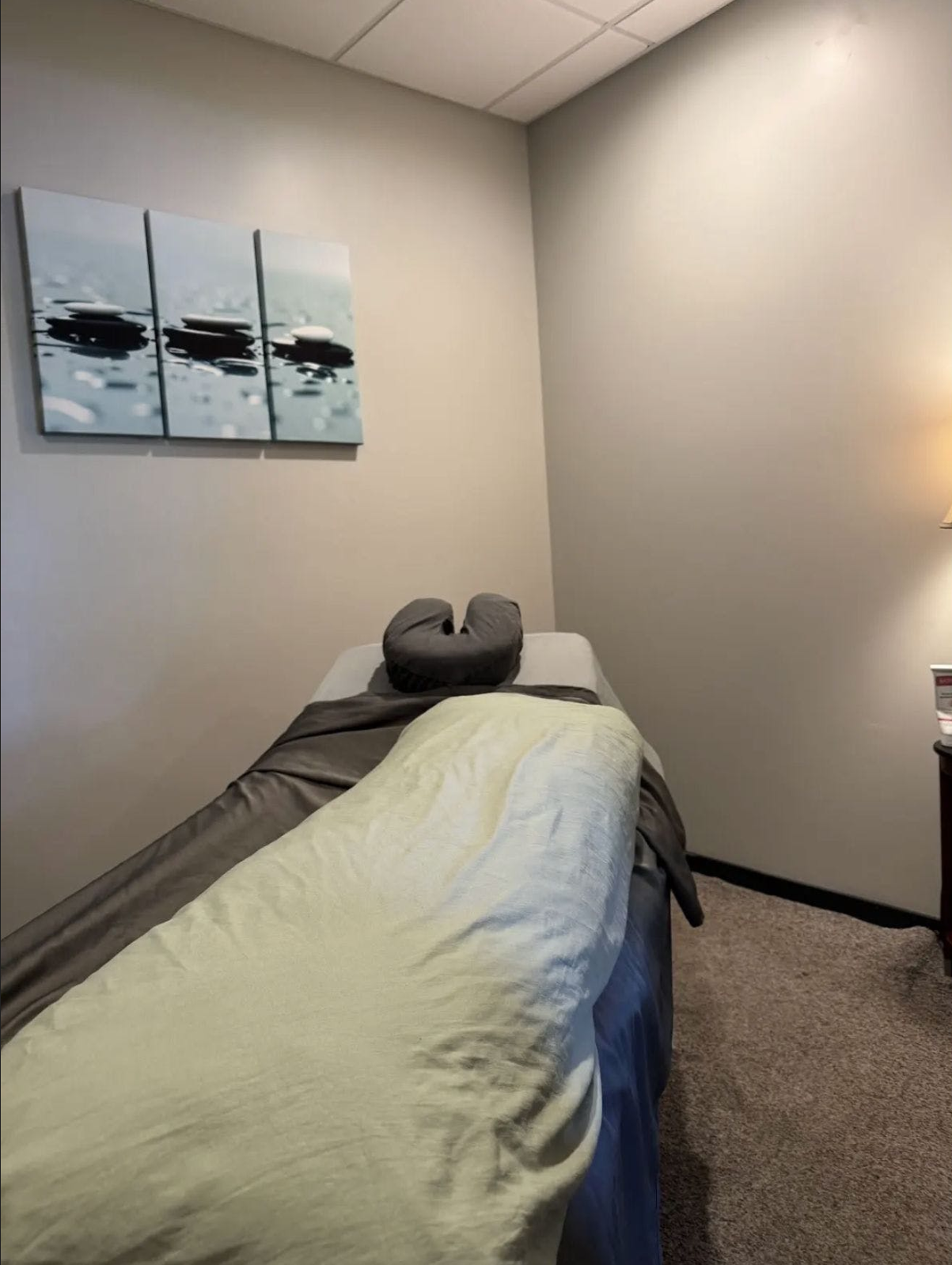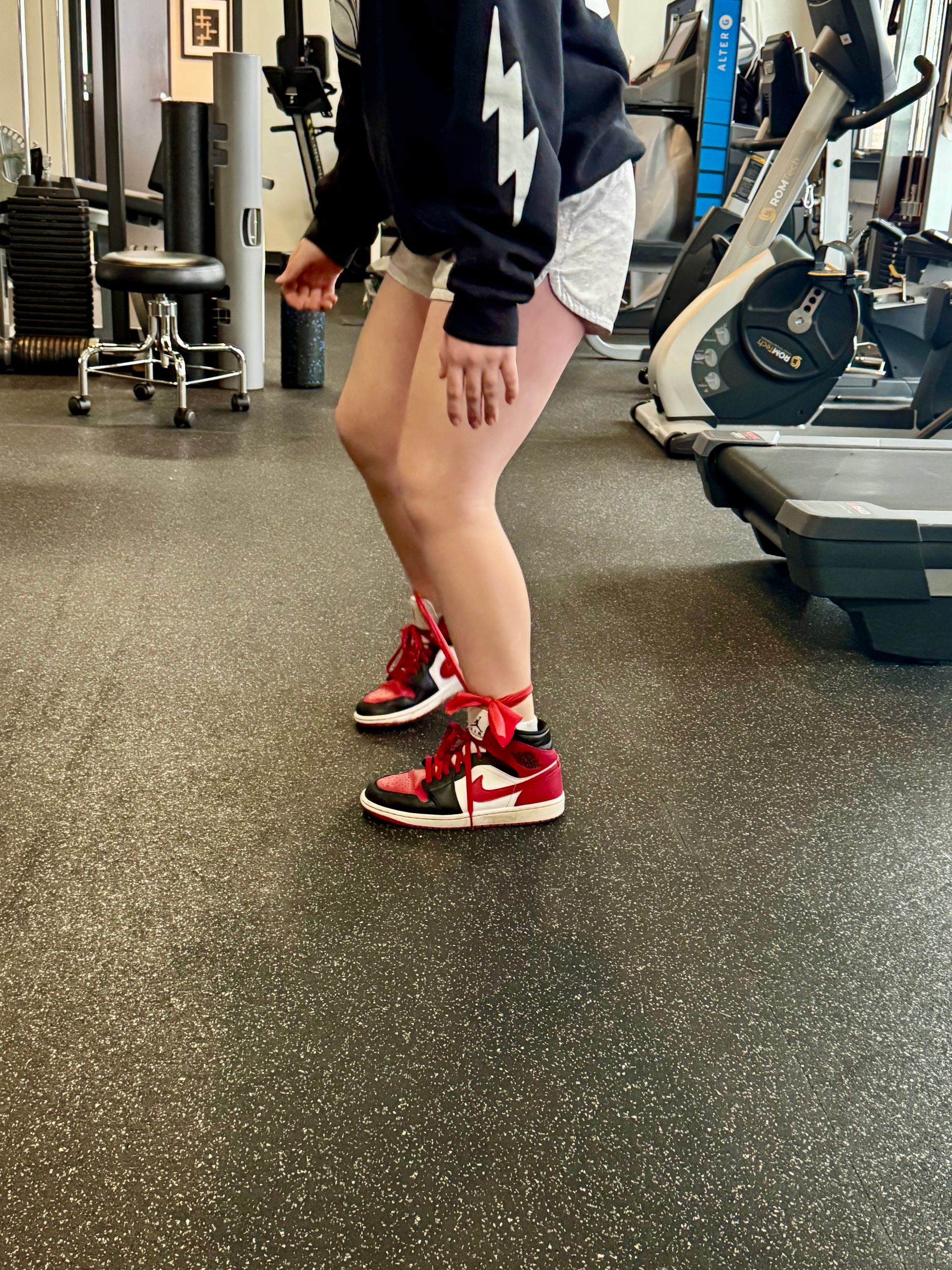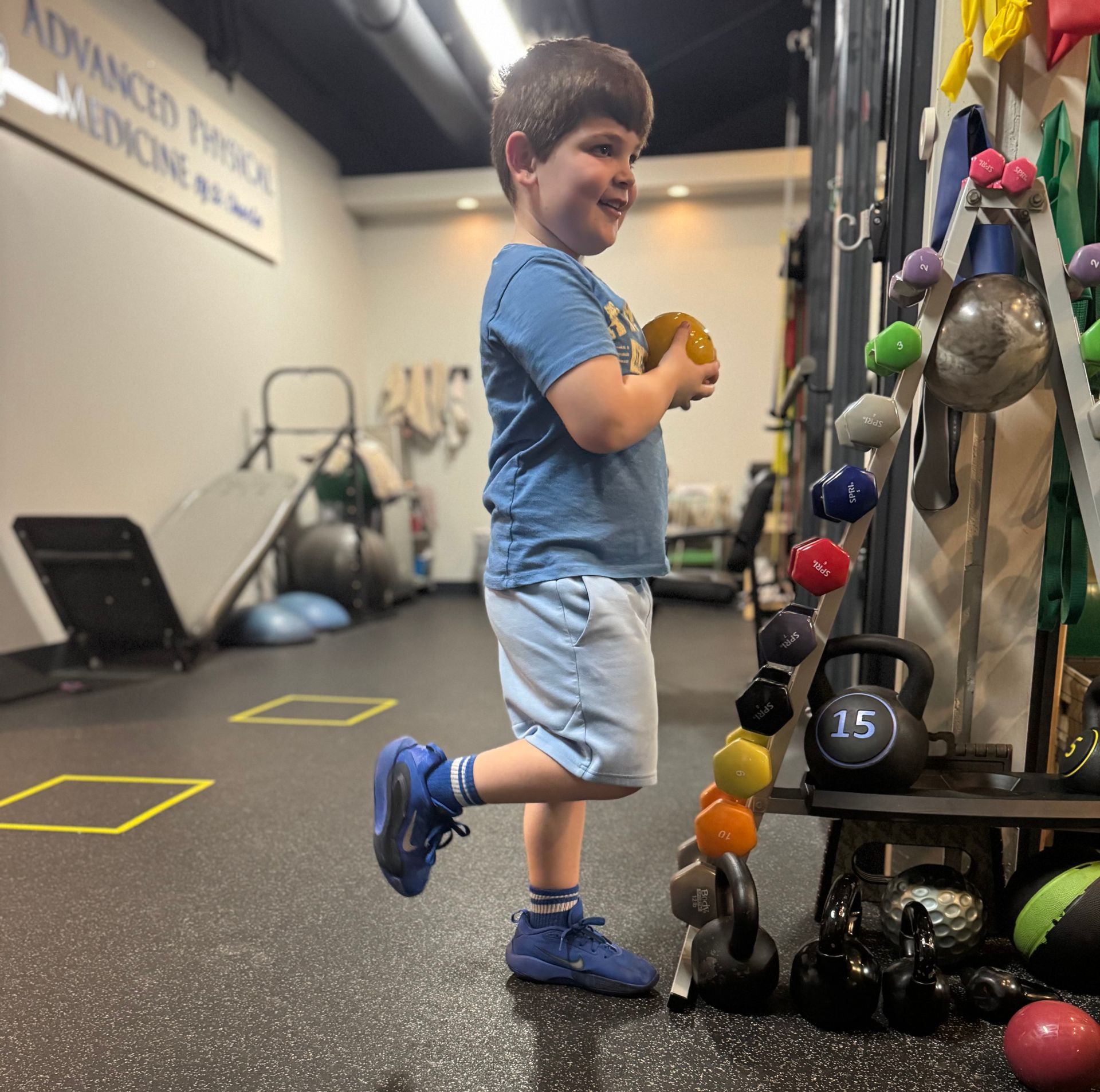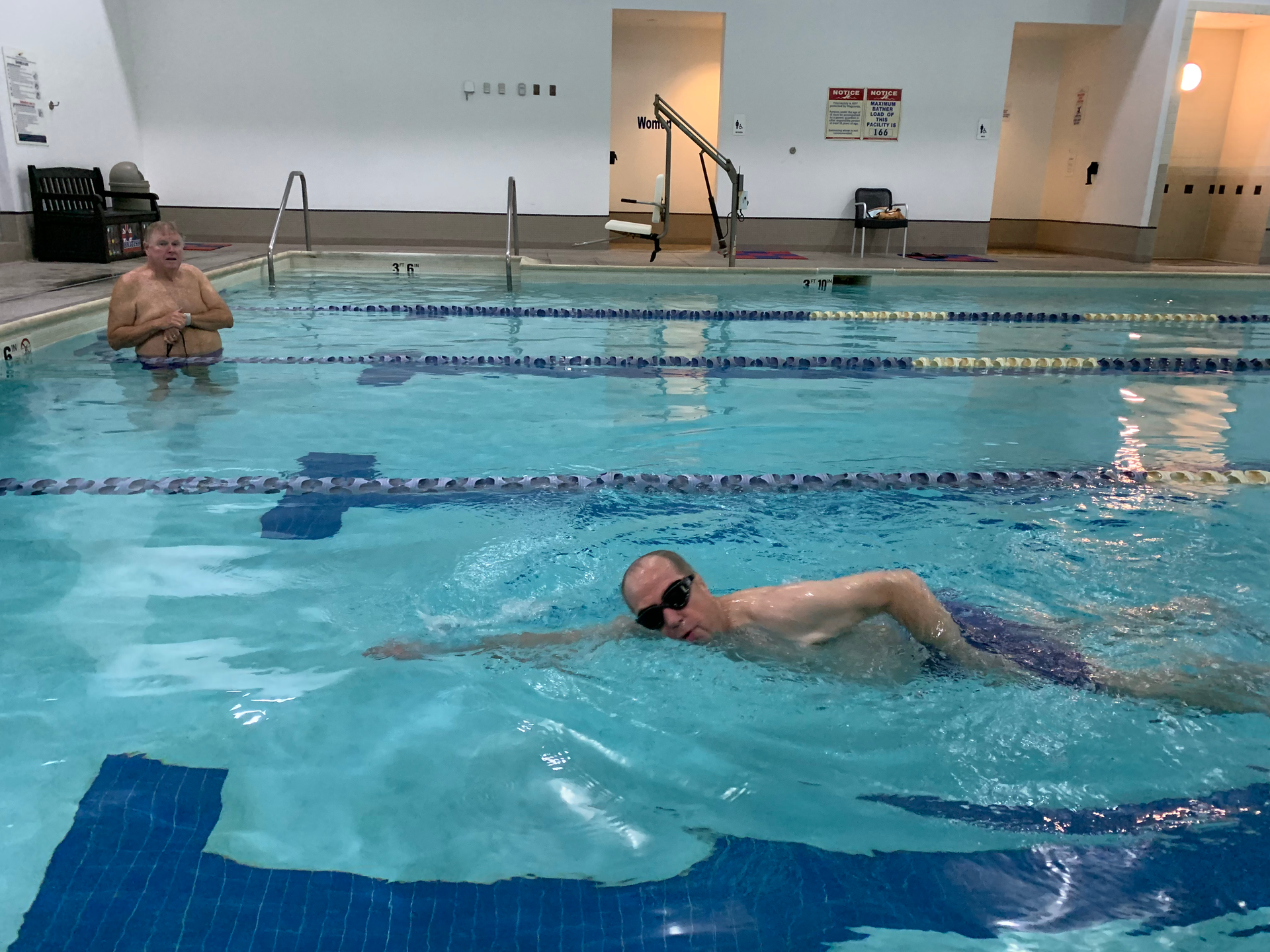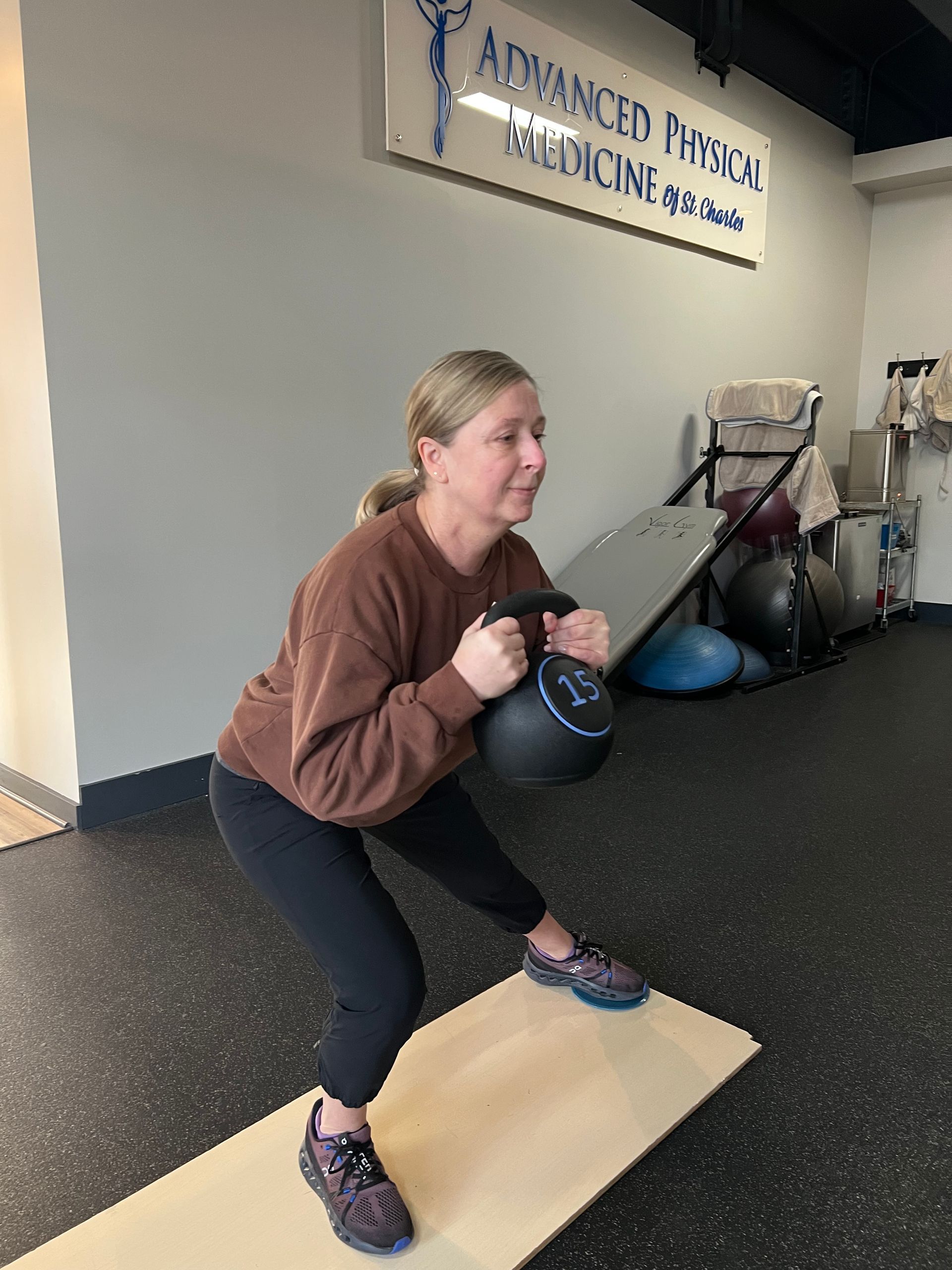Share this article:
Workplace injuries can change everything. Pain, reduced mobility, and time away from your job all come at once, leaving you trying to manage recovery while navigating a Workers’ Compensation claim. Physical therapy plays a direct role in helping injured workers return to their routines safely and steadily.
At Advanced Physical Medicine of St. Charles, physical therapy is focused on improving comfort, restoring strength, and helping patients move forward. The right treatment can shorten recovery time, reduce long-term complications, and support a safe return to work.
Understanding Common Workplace Injuries
Injuries on the job can happen during a single incident or develop gradually over time. Lifting, reaching, typing, standing, or even sitting for long periods can lead to pain, stiffness, or reduced mobility.
Some of the most common issues include:
- Back strain after moving heavy materials
- Joint pain related to repetitive tasks
- Muscle fatigue from overuse
- Falls that lead to sprains or fractures
- Shoulder or neck discomfort caused by awkward positioning
These problems often limit movement and make work tasks harder to perform. Left untreated, they can slow down recovery and increase the risk of long-term physical setbacks. Recognizing the impact early helps shape a more effective treatment plan.
The Role of Physical Therapy in Injury Recovery
When someone is injured at work, the goal isn't just to heal; it’s to recover fully and return to regular activity without complications. Physical therapy plays a central role in making that happen. It focuses on improving how the body moves, addressing the source of pain, and helping each person regain strength and control.
The process starts with an evaluation to find out what areas have been affected. This might involve muscle weakness, limited joint motion, or difficulty performing certain tasks. Based on these findings, the therapist builds a plan that targets those specific issues.
Treatment includes hands-on techniques, guided movement, stretching, and functional exercises. Each part of the plan is designed to help the body repair and regain efficiency. If a patient needs to stand for long hours, lift objects, or sit at a desk all day, therapy sessions are built around those needs.
Throughout recovery, patients work closely with their therapist to track progress and adjust the plan when needed. This one-on-one attention creates momentum, helping the body return to work-ready condition while lowering the risk of re-injury.
Reducing Pain and Inflammation Through Targeted Treatment
Pain and inflammation often appear within the first few days after a workplace injury. These symptoms can affect posture, limit movement, and create stiffness that slows recovery. Physical therapy offers practical tools to calm irritated tissue and improve comfort during the healing process.
Treatment may include manual techniques to release tension in muscles or joints, along with therapeutic exercises that promote gentle movement. In some cases, modalities like cold therapy or electrical stimulation are used to ease pain and reduce swelling around the affected area.
Each session builds on the last. Therapists monitor changes closely, adjusting the approach as the body responds. Starting with smaller, controlled movements helps reduce physical stress while encouraging circulation and mobility. As pain levels drop, patients are better able to participate in more active parts of treatment.
Reducing inflammation early on creates space for more progress in later phases of rehabilitation. It also helps injured workers regain control of basic motions and return to everyday tasks with less discomfort.
Restoring Mobility and Strength After an Injury
Injuries often limit how well the body moves, not just from pain, but from changes in muscle coordination and joint stability. Over time, inactivity can lead to weakness, reduced endurance, and poor body mechanics. Physical therapy focuses on reversing those changes through movement-based strategies.
Treatment may include controlled strength-building routines, posture training, and body-weight exercises that improve how muscles work together. Movements are selected to match real-life tasks, helping the body adjust safely to increased physical demands.
As therapy progresses, patients become steadier and more confident in how they walk, lift, reach, or bend. Improved movement can make it easier to return to physical tasks without discomfort or hesitation.
Each gain in strength or flexibility allows the body to handle stress more effectively. That kind of progress can make the difference between getting through a full workday and struggling to keep up after returning.

Preventing Re-Injury and Promoting Long-Term Health
Finishing treatment isn’t the same as being fully recovered. The way the body moves after an injury plays a major role in how well someone handles daily tasks, especially in physically active jobs. Physical therapy addresses these movement patterns to help reduce the likelihood of future injury.
During recovery, therapists look for areas where movement is uneven or muscles are doing more work than they should. These imbalances often lead to strain if not corrected. Targeted exercises help retrain the body to move with better control and less effort.
Education is also part of this phase. Patients learn how to lift, bend, or sit in ways that protect their joints and avoid unnecessary tension. Simple adjustments in daily habits often make a meaningful difference in how the body performs at work.
Staying active after an injury is easier when the body is stronger, more stable, and moving efficiently. Therapy builds that foundation, helping workers stay on the job and avoid setbacks that slow down long-term progress.
Why Early Intervention Matters in Workers’ Compensation Cases
Beginning physical therapy soon after a workplace injury often leads to better outcomes. Waiting too long can cause stiffness, reduced strength, and slower progress. Early action helps maintain mobility, limits discomfort, and supports a smoother transition back to work.
Benefits of starting therapy promptly include:
Faster relief: Targeted treatments address pain before it becomes more difficult to manage.
Maintained flexibility: Early movement prevents muscles and joints from becoming restricted.
Improved tissue recovery: Specific exercises and techniques promote circulation and healing.
Reduced likelihood of chronic problems: Immediate care lowers the risk of persistent pain or repeat injuries.
Stronger case documentation: Progress notes from therapy provide detailed records for Workers’ Compensation requirements.
Our team works closely with referring physicians and, when applicable, communicates with the patient’s attorney during a Workers’ Compensation case. This collaboration is an important part of how we manage care, keeping everyone involved in the process informed and connected.
If you’ve been injured at work, don’t wait to start your recovery. Contact Advanced Physical Medicine of St. Charles today to schedule a consultation and learn how physical therapy can help you heal and return to your daily routine with confidence.
Connect with Us:

